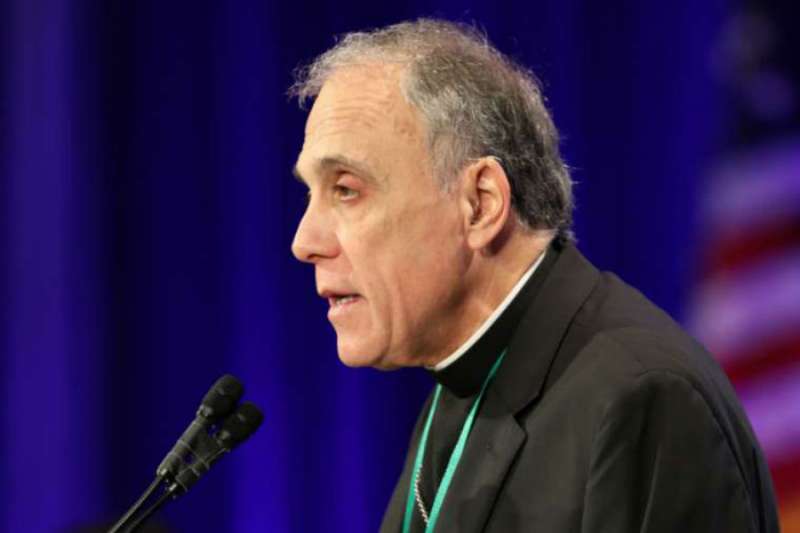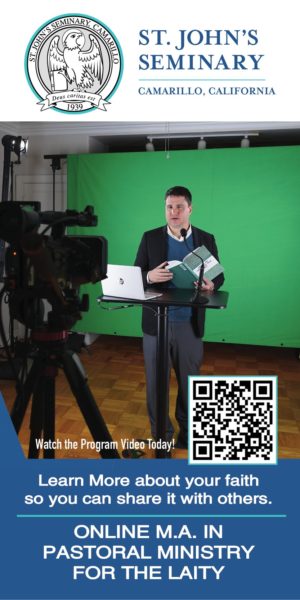The U.S. bishops’ conference has released its annual report on the protection of children. The report records an increase in the number of new allegations of clerical sexual abuse being brought forward following the launch of independent compensation programs in some states.
The annual report on Findings and Recommendations on the Implementation of the Charter for the Protection of Children and Young People was released May 31 by the USCCB’s Secretariat for Child and Youth Protection.
Writing in his preface to the report, USCCB president Cardinal Daniel DiNardo said he offered his “sincere gratitude” for the courage of victims of abuse.
“Because of their bravery in coming forward, victim and survivor assistance and child protection are now core elements of the Church.”
The report covers a year-long period ending June 30, 2018 and is the sixteenth report since the implementation of the Dallas Charter and USCCB Essential Norms in 2002.
According to the report, in new complaints lodged during the report’s annual window, 92% of offenders identified were already either dead, laicized, removed from ministry, or missing. The majority of allegations concerned the period between 1960-1990, with a concentration in the 1970s.
In total, 1,385 adults reported 1,455 new allegations between July 31, 2017 and June 30, 2018. The numbers represent a marked rise over the previous reporting period.
The report attributed the escalation to the state-wide adoption of Independent Reconciliation and Compensation Programs by the dioceses of New York. The vast majority of all new cases reported concerned historical instances of abuse.
Twenty-six new allegations involving current minors were presented during the report’s window, three of which were substantiated and resulted in a priest being removed from active ministry. Seven allegations were listed as “unsubstantiated” by the time the report’s window closed, with three more classed as “unable to be proven.”
Six cases were the subject of ongoing diocesan investigation, two more were referred to religious orders. Two cases concerned “unknown clerics,” and three claims were determined not to constitute sexual abuse.
DiNardo said that the end of the last reporting period marked a “turning point” in the Church’s battle to eradicate abuse.
“During the summer of 2018, the scandal of former Cardinal-Archbishop McCarrick came to light. After that came the release of the Pennsylvania grand jury report, highlighting the extent of the sexual abuse crisis within the state, as well as uncovering situations that did not always put the survivor first,” DiNardo wrote.
The surveyed dioceses reported that, by June 2018, outreach and support had been offered to nearly 500 victims and survivors of abuse and their families in addition to the more than 1,500 already receiving support from the Church.
The report highlighted the ongoing efforts of Church authorities to prevent future instances of abuse, recording 2.6 million background checks have been carried out on clerics, Church employees and volunteers. Six and a half million people have now been trained by the Church in the United States to identify the warning signs of possible abuse.
While acknowledging the progress made in addressing past cases, DiNardo noted that “much progress is still needed at this time,” and that the U.S. bishops would continue to address new measures for greater accountability and transparency.
“When it comes to the protection of young people, the question must always be ‘what more can be done?’” DiNardo said.

